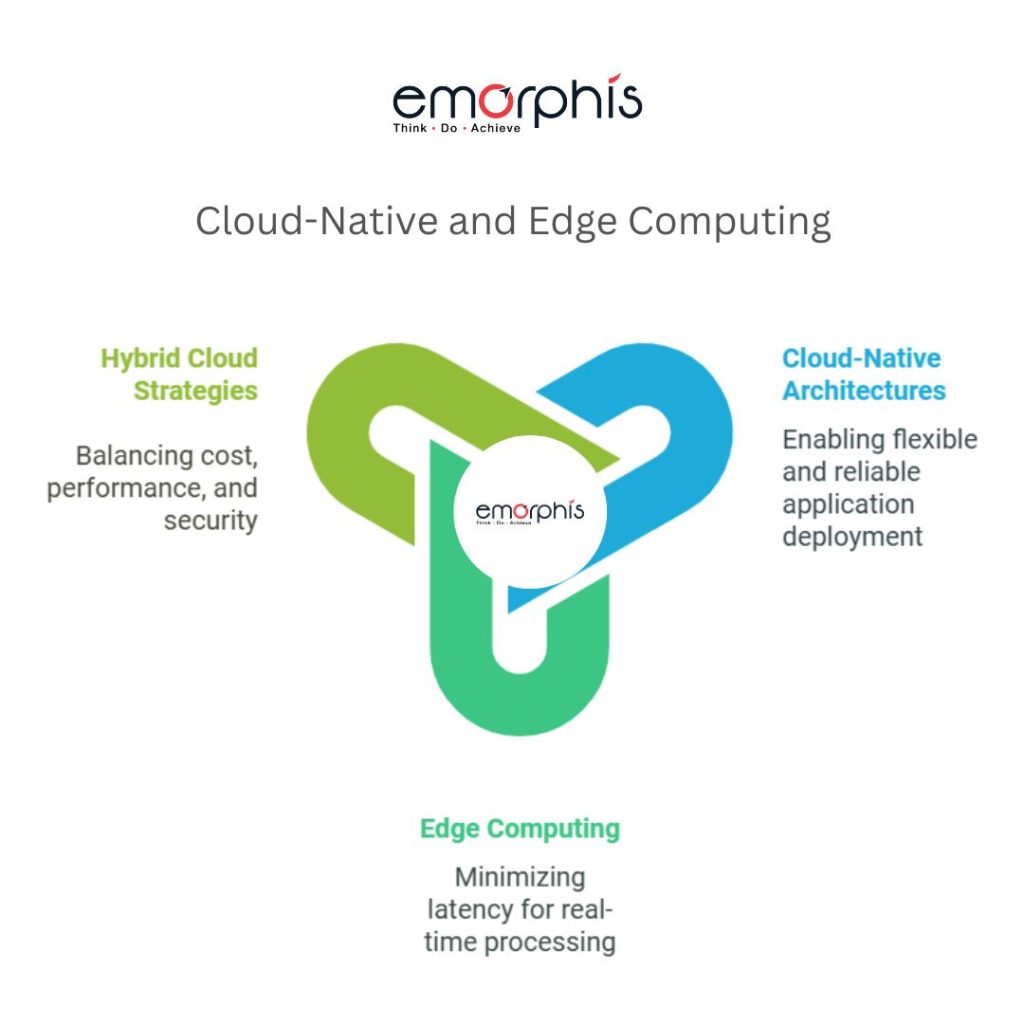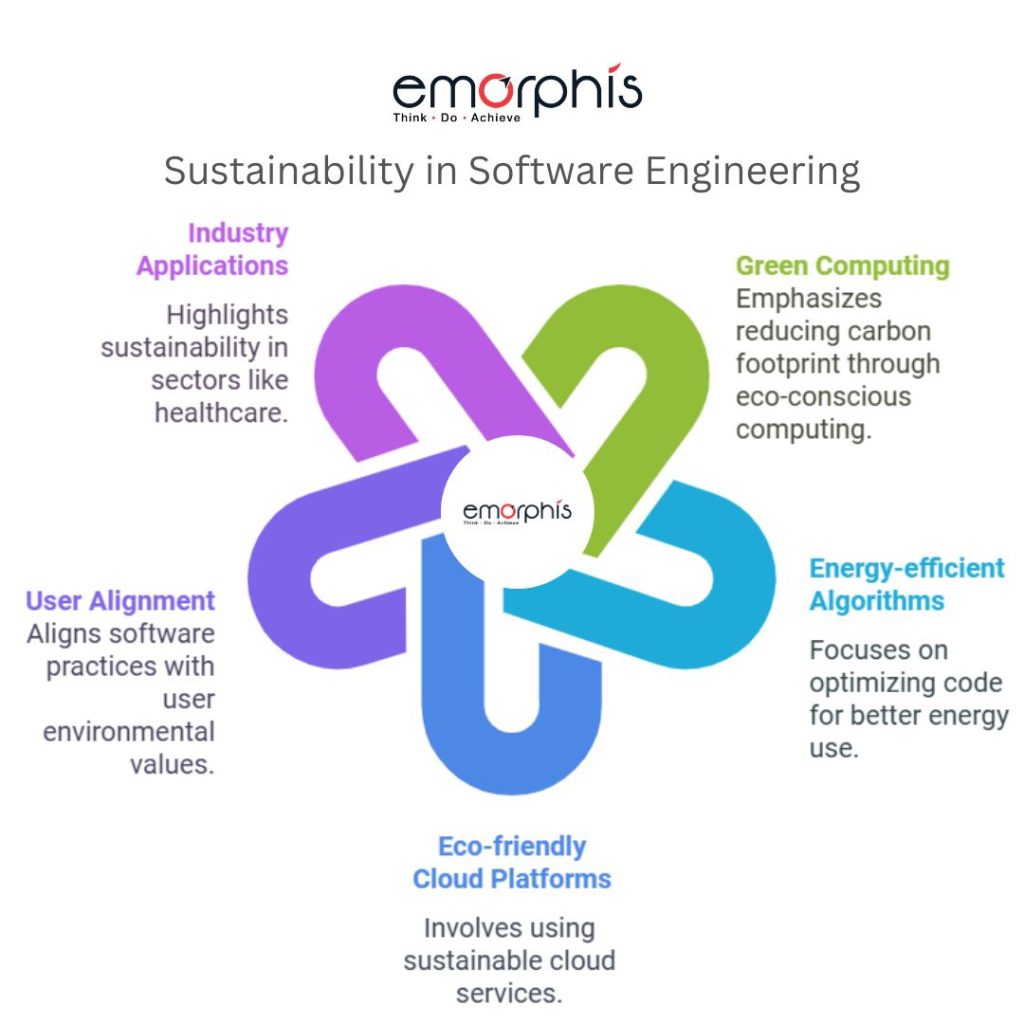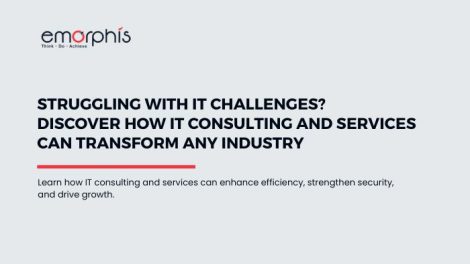As the year 2025 is here, the software product engineering industry is undergoing transformative changes that are redefining how developers build, deploy, and maintain software. The software engineering trends in 2025 are more than technological upgrades—they represent a paradigm shift toward smarter, more efficient, and sustainable solutions. Let’s delve deeper into each of these trends to understand their significance and impact.

1. AI and Machine Learning as Key Enablers
The integration of artificial intelligence (AI) and machine learning (ML) into software development has become one of the defining software engineering trends in 2025. In fact, these technologies are revolutionizing processes such as code generation, bug detection, and performance optimization. For example, tools like GitHub Copilot are enabling developers to write code faster and with fewer errors, thus increasing productivity.
Moreover, AI-powered predictive analytics is enabling companies to anticipate market trends and user behavior. This capability is particularly valuable in industries like healthcare, where early detection of patient conditions can save lives. The ability to integrate AI with big data analytics is another reason why these trends in 2025 are pivotal.
Find the details of empowering software development with artificial intelligence for unlocking endless possibilities. – AI in Software Development.

AI is also improving software testing methodologies. Automated testing frameworks driven by ML algorithms can identify vulnerabilities faster than ever, ensuring robust product delivery. By embracing these software engineering trends in 2025, organizations are not just streamlining operations but also fostering innovation at unprecedented levels.
Do look at the details on reasons to hire AI developers for your next software project
2. The Surge of Low-Code and No-Code Platforms
Low-code and no-code platforms are democratizing software development, marking it one of the significant software engineering trends in 2025. These platforms allow businesses to create applications with minimal coding knowledge, making development more accessible to non-technical stakeholders.
As a matter of fact, the rise of low-code platforms is addressing the global shortage of skilled developers. Companies are now able to rapidly prototype, test, and deploy solutions without waiting months for development cycles to complete. Moreover, these platforms integrate seamlessly with existing enterprise systems, making them indispensable for organizations seeking agility.

Industries such as retail, healthcare, and education are leveraging one of the software engineering trends in 2025 to create customized solutions for their specific needs. For instance, care management software in healthcare is being built faster using low-code tools, enabling organizations to focus on patient outcomes rather than IT bottlenecks.
3. Cybersecurity and Compliance as Non-Negotiable Priorities
Among the critical software engineering trends in 2025, the emphasis on cybersecurity and compliance stands out. With the rise in cyber threats and data breaches, organizations are prioritizing the implementation of zero-trust architectures and encryption protocols. In fact, companies are now integrating cybersecurity measures directly into the software development lifecycle (SDLC), a practice known as DevSecOps.
Moreover, compliance with regulations such as GDPR, HIPAA, and PCI-DSS is becoming mandatory, especially in sectors like finance and healthcare. These software engineering trends in 2025 are ensuring that organizations adhere to global standards, thereby building trust with users.
Find details on Cybersecurity Consulting Services.

Another notable aspect of this trend in 2025 is the use of AI in cybersecurity. Machine learning models can identify unusual patterns and flag potential threats in real time, thus minimizing the risk of data breaches. By aligning with these software engineering trends in 2025, businesses are not only protecting themselves but also creating safer digital ecosystems for their users.
4. Cloud-Native and Edge Computing Dominate
The adoption of cloud-native architectures and edge computing is redefining scalability and data processing, making it one of the most transformative software engineering trends in 2025. Cloud-native solutions built on microservices and containerization, such as those orchestrated by Kubernetes, are enabling organizations to deploy applications with unparalleled flexibility and reliability.
Click the link to find details on Cloud Native App Development Services.
As a matter of fact, edge computing is emerging as a game-changer for real-time data processing. By processing data closer to its source, edge computing minimizes latency and enhances performance. This trend in 2025 is especially critical for applications like IoT devices and remote patient monitoring systems in healthcare.

Moreover, hybrid cloud strategies are gaining traction, allowing businesses to balance cost, performance, and security. These trends in 2025 are empowering organizations to handle vast amounts of data without compromising efficiency.
5. Developer Experience Takes Center Stage
While user experience has always been a priority, software engineering trends in 2025 are bringing developer experience (DX) into the spotlight. In fact, companies are investing in tools and platforms that streamline workflows and reduce friction in the development process.
For example, integrated development environments (IDEs) with AI-assisted coding features are enabling developers to work more efficiently. Collaborative tools like GitLab and Azure DevOps are fostering team synergy, ensuring that projects are deliveres on time. This focus on DX reflects a broader trend in 2025: enhancing productivity through better work environments.
Find the tips for software and app development for your business.

Moreover, organizations are recognizing that happier developers produce better products. By aligning with these software engineering trends in 2025, businesses are creating an ecosystem where creativity and efficiency thrive.
6. Sustainability in Software Engineering
Sustainability has emerged as one of the most critical software engineering trends in 2025, influencing everything from coding practices to infrastructure choices. Green computing, for instance, is gaining momentum as companies aim to reduce their carbon footprint.
In fact, energy-efficient algorithms and eco-friendly cloud platforms are becoming standard practices. Moreover, sustainable software engineering aligns with user values, as customers increasingly favor organizations committed to environmental responsibility.

This trend in 2025 is particularly evident in industries like healthcare, where energy-efficient systems are being designed to manage large-scale EHR data. By adopting sustainable practices, companies are not only contributing to a greener planet but also enhancing their operational efficiency.
Further, find details on innovative technology solutions.
Why Staying Updated on Trends in 2025 Is Crucial
The software engineering trends in 2025 are shaping the future of software product development. From AI-driven development and low-code platforms to robust cybersecurity measures and sustainable practices, these trends set new benchmarks for innovation and efficiency.

Moreover, understanding these software engineering trends in 2025 is essential for organizations that want to remain competitive with the development of new products. By adopting these advancements, businesses can deliver solutions that are not only cutting-edge but also aligned with user expectations.
At Emorphis, we are committed to staying ahead of these software engineering trends in 2025. Whether leveraging AI for healthcare software or adopting green computing practices, we ensure that our solutions are future-ready.
For more insights on how to navigate the trends in 2025, bookmark our blog page now.







